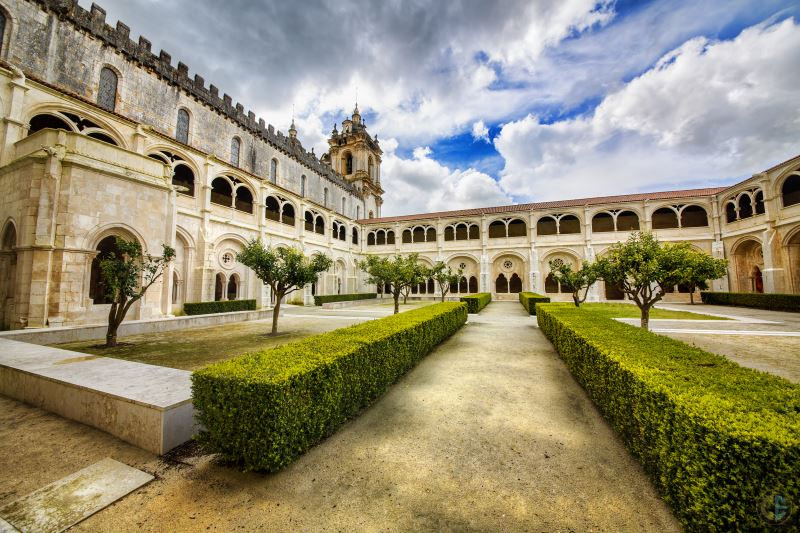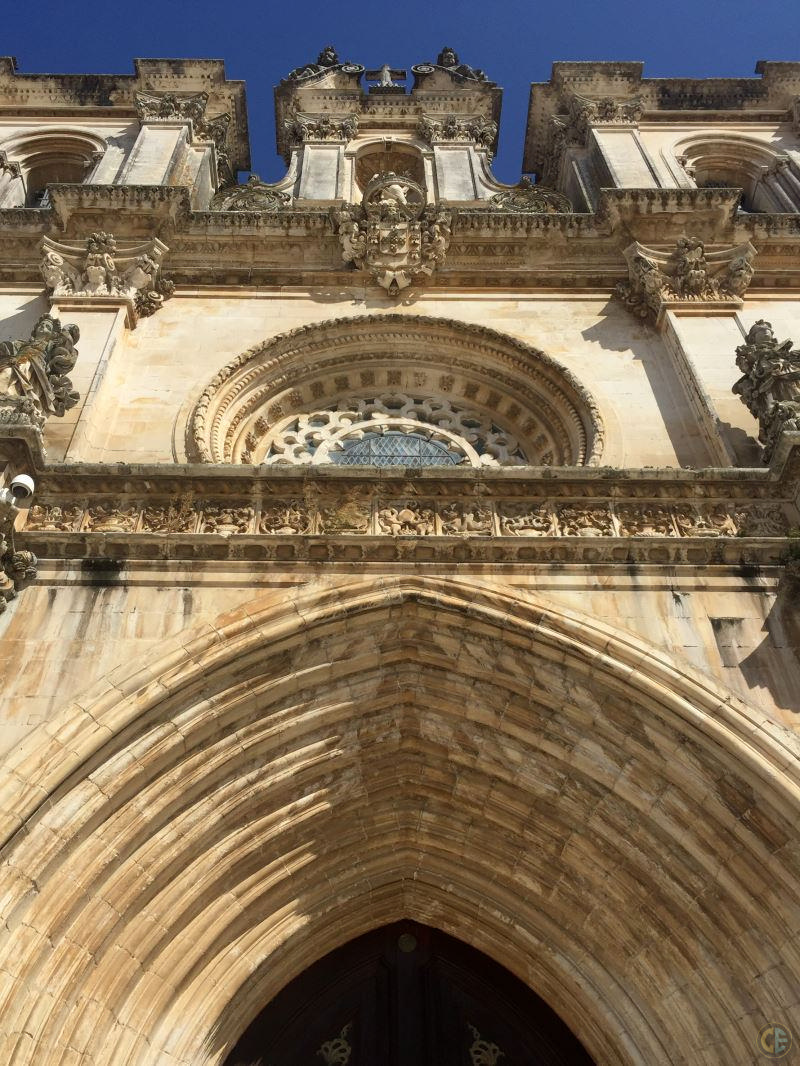In the heart of the Oeste Subregion in Alcobaça lies a medieval monastery that embodies everything beautiful about the Portuguese early gothic style, the Mosteiro de Alcobaça. Admiring this grand structure from the outside, ancient stories of love and tragedy are visible in the original façade. The wide portal and rose window blend naturally with the newer parts of the tranquil church, all resulting to a piece of history that’s both unique and captivating.

The portal itself pulls you into its chambers, not yet revealing the magnitude of its grandeur inside. Once the portal has been crossed, the immaculate cleanliness of the inside’s architectural lines and the achromatic stones that cover the walls become clearly and starkly contrasted to the aging exterior. Inside, the scales of the stunning stone pillars rise above like towering prayers that reach to the heavens. A simple walk down the main church hall will give its visitor calmness and a meditative sense of being brought back in time.
One of the main attractions of Portugal's UNESCO World Heritage Centre monastery is the tomb where the star-crossed lovers King Pedro and Ines de Castro lay in somber repose. Their love is eternally and intricately carved along the sides of their royal tombs, giving their audience a chance at being witness to the depth of time. Other parts of the monastery offer the same level of quiet magnificence. The blue-white wall tiles of the room of the kings project royalty onto the 18th century statues of the kings of Portugal. The Cloister of Silence houses an ornate Renaissance fountain that’s reminiscent of a Portuguese villa in a garden. Then there’s also the Royal Pantheon, a neo-gothic structure that also served as another royal tomb. The colossal kitchen central chimney is remarkable on its own; yet take into account the equally enormous kitchen that used to feed almost 1,000 monks, and the room becomes nothing short of breathtaking.
The Alcobaça Monastery is as memorable as a piece of historical structure could ever be. The air in the monastery is so light with peace, austerity, and history that time seems to stand still in its existence. The monastery is a relic from Portugal’s past and one that will continue to carry such a reverent legacy to the future.
